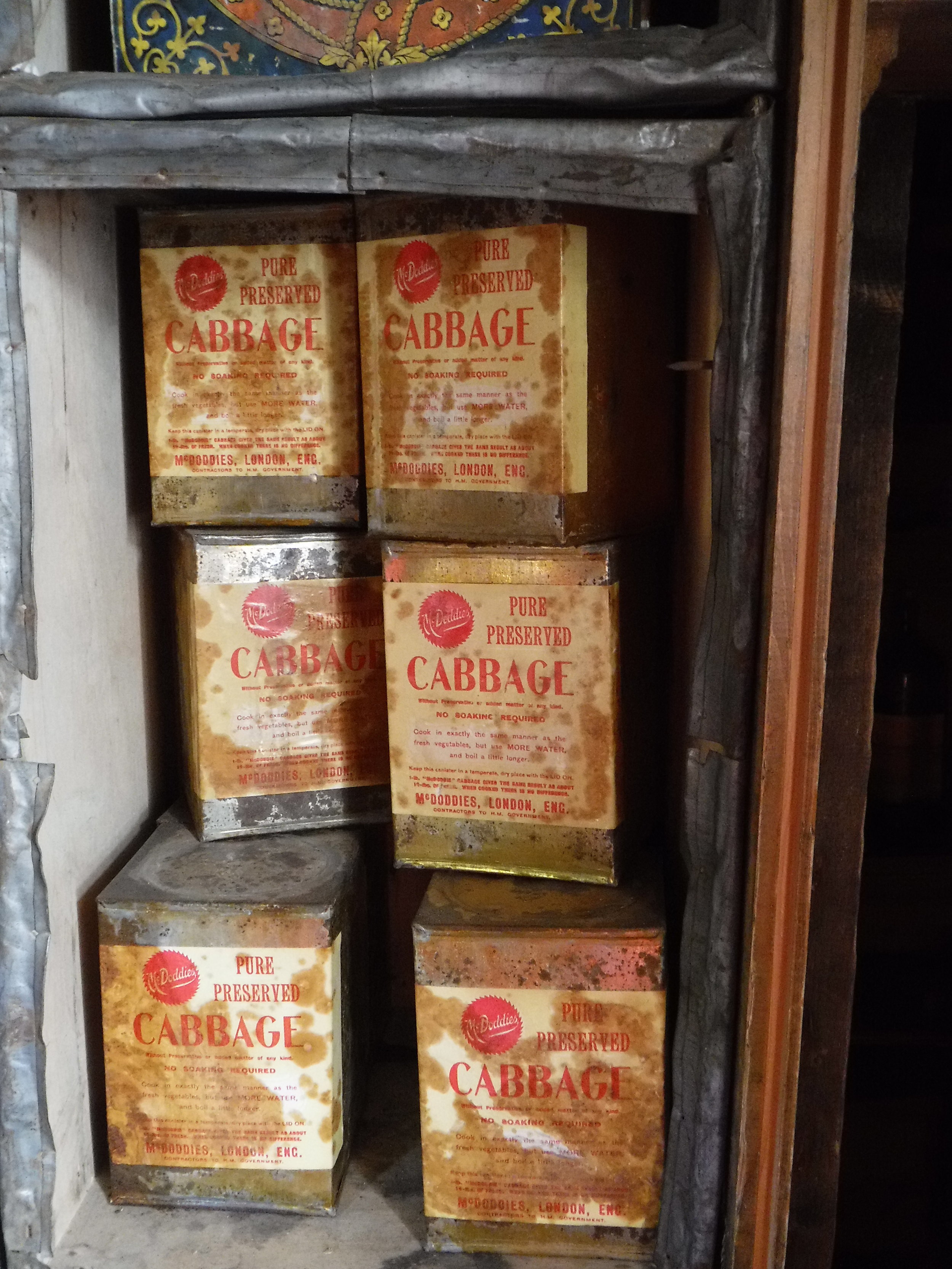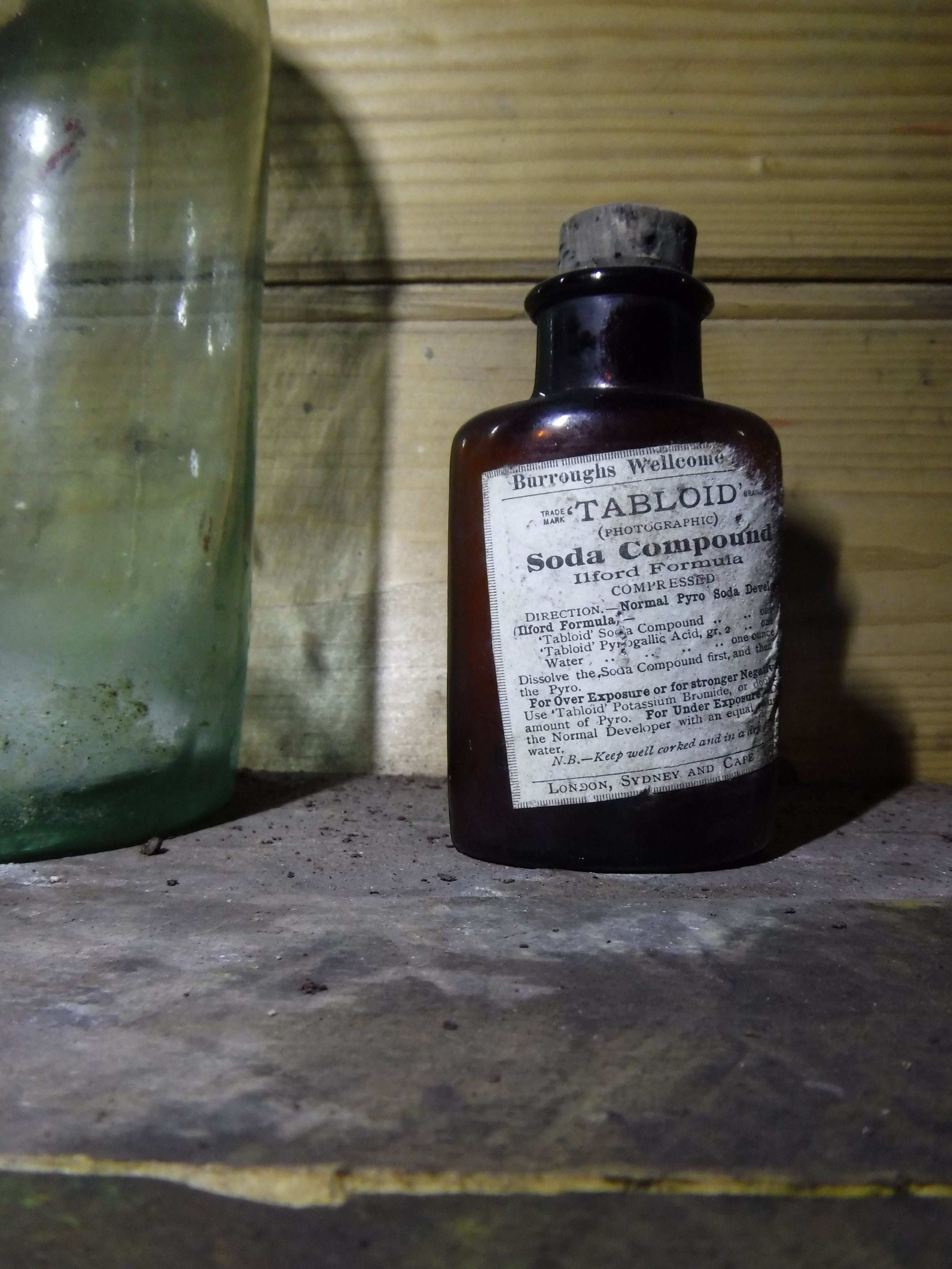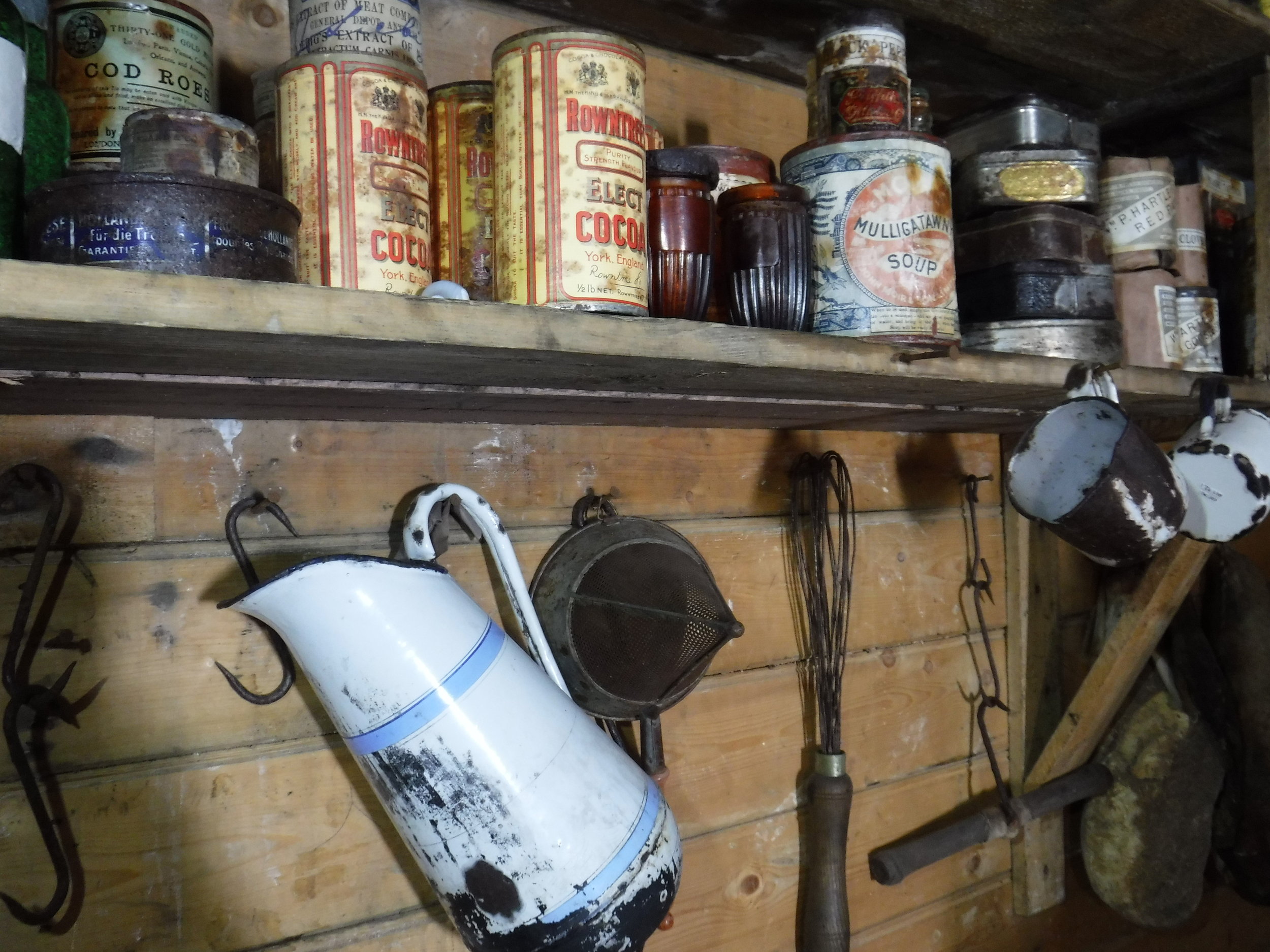Scale & History
I’ve gotten out of McMurdo Station and into the field! We flew right past Mt. Erebus, which is the southernmost active volcano on Earth.
Flying over the Adelie penguin colony. The black dots are penguins and the brown spots are their guano. Photo Credit: Caitlin Scarano.
Emperor penguins on the sea ice. Photo credit: Caitlin Scarano.
Yesterday, I rode in a helicopter (my first time) to Cape Royds to visit the historic Expedition Hut and an Adelie penguin colony. As we flew over the sea ice, all of which should melt out by late austral summer, I saw the ice edge.
View of ice-edge as helicopter turns. Photo credit: Caitlin Scarano.
Where the ice and land meets the sea is where you’ll find the most wildlife Antarctica. On this trip, I saw Weddell Seals, Adelie penguins, and Emperor penguins.
Photo credit: Elaine Hood.
As you may notice from these photos, one of the challenges of talking about and representing Antarctica is the issue of scale. It is hard to know and show how small or large things are here. For example, some of the mountains in this range are 8-10,000+ feet, but seem small in comparison to the open land and open sky. On clearer and colder days, these mountains appear much closer and detailed, as one researcher I met here said, “They look like you could reach out and touch them.”
McMurdo itself is one small dot on Ross Island. Ross Island is connected to the Antarctic mainland by the ice shelf, which, as opposed to the sea ice, does not melt out.
A crack in the sea ice. Photo credit: Caitlin Scarano
The small black dots in toward the lower half of this photo are Weddell seals, which can weigh over 1000 pounds.
I think humans understand the scale of things better in relation to ourselves and the things we’ve built. Antarctica hasn’t yet been significantly shaped by us and human history here is relatively short. It exists in the margins of the American imagination, so it is harder to grasp in the terms we’re used to.
Speaking of the American imagination…I’ve been lucky enough to visit two historic huts so far, Scott’s Discovery Hut and Shackleton's Nimrod Hut at Cape Royds. The Discovery Hut was built by Robert Falcon’s Scott’s Discovery Expedition in 1902 and inhabited by his men and those from other expeditions (in various states of duress) until 1917. Shackleton was the last one to leave the Discovery Hut in 1917. It wasn’t touched again until an American expedition came across it in 1956.
Two of the most fascinating things from the Discovery Hut were that you can still see where some of the men from Shackleton’s expedition signed the wall. This is presumably Harry Ernest Wild, not of Scott’s expedition, but one of Shackleton’s expeditions (more on him soon). Wild was stranded in the Discovery Hut in 1916-1917 with four other men, two of whom set out during a blizzard and were never seen again. Wild survived only to die in 1918 of typhoid.
The second bizarre detail is that a seal carcass still remains inside the hut; because of the cold and the dryness, things don’t really decay the same here…they just sort of remain. It is basically a big pile of 100-year oozing blubber. Some bones are resting on top.
Oozing seal carcass. The black stuff is blubber. Photo credit: Caitlin Scarano.
The smell of it mixed with some of the hay stacks and canvas still in the building was unlike anything I’ve ever encountered and one of my strongest sensory experiences here.
Here is a picture of another seal carcass from that time outside the hut.
The second hut was constructed by Ernest Shackleton and his team during expedition in 1907-1909.
Photo credit: Wikipedia.com.
Inside the Expedition Hut. Photo credit: Caitlin Scarano
What struck me about these huts were the the small details. The history and struggle in these places is too much to comprehend. But, for some reason, these orderly cans of meat and jars of salt give me an entry point into understanding the lives of Scott and Shackleton’s men in these spaces.
Scroll through the pictures below.
It looks like they just left it—pots on the stove, clothes drying to strands of twine over the cots.
But this is a kind of a mirage.
When the huts were finally re-entered in the 1950s, they must have been in disorder, through still preserved by the cold (imagine leaving your childhood home in a freezer and coming back to visit it 100 years later). The items, though original, have been logged (down to each matchbox) and carefully placed by the Antarctic Heritage Trust in a way to represent how they might have been originally displayed.
History is always constructed and revised.
I’ll leave you with this…at the end of the day, my guide (Elaine Hood) and I came across a different signature on a headboard in this hut.
















